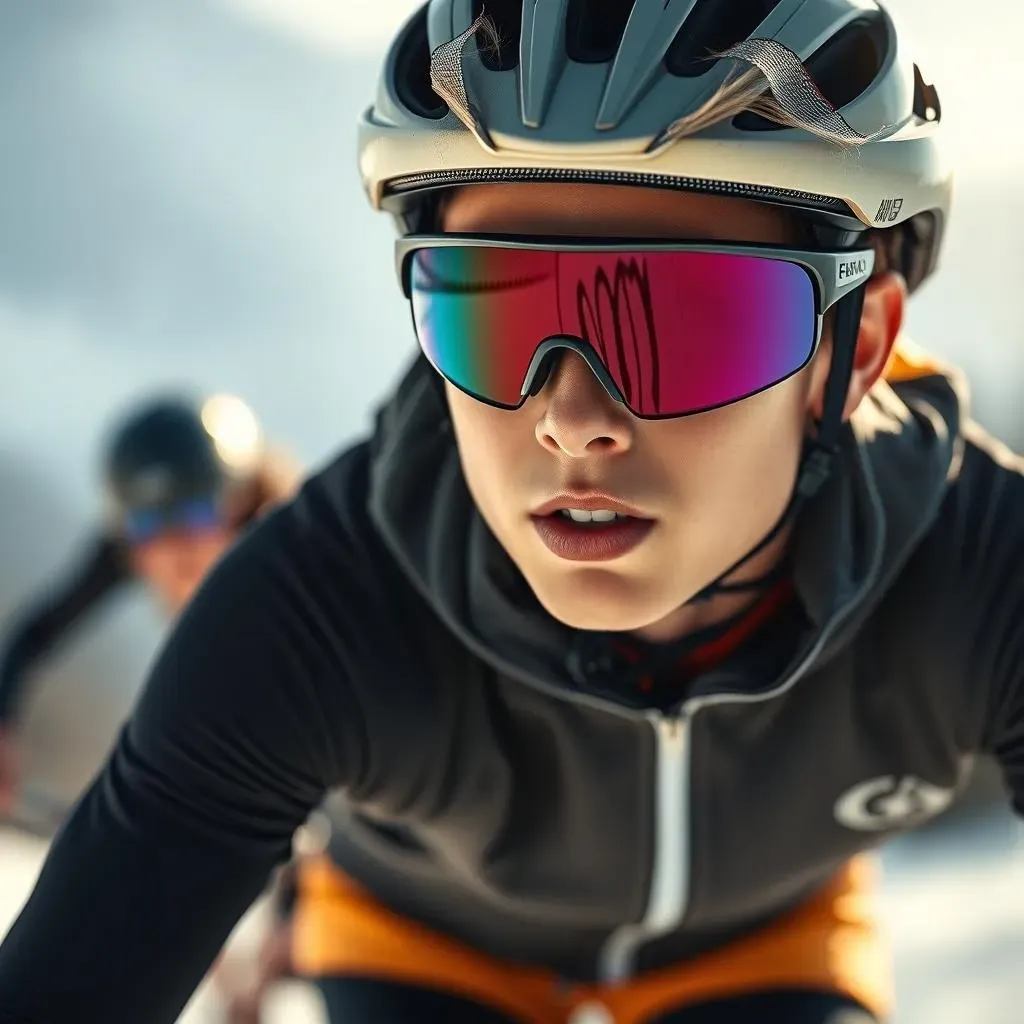Table of Contents
When it comes to outdoor sports, athletes often face challenging conditions that can impact their performance and safety. One such condition is low light, which can reduce visibility and increase the risk of accidents. That's where sunglasses for low light conditions in sports come into play. These specialized glasses are designed to enhance vision, reduce glare, and protect the eyes from harmful elements. Whether you're a cyclist navigating through foggy roads, a runner training at dawn or dusk, or a skier carving through snowy slopes, sunglasses for low light conditions in sports are essential for optimal performance and safety. In this article, we'll explore the importance of these sunglasses, discuss the best lens tints for low light conditions, and delve into the benefits of photochromic lenses. We'll also provide guidance on choosing the right sunglasses for your specific needs, ensuring you stay ahead of the game in any lighting condition. So, let's dive into the world of sunglasses for low light conditions in sports and discover how they can elevate your athletic endeavors.
Why Sunglasses for Low Light Conditions in Sports Are Essential
Why Sunglasses for Low Light Conditions in Sports Are Essential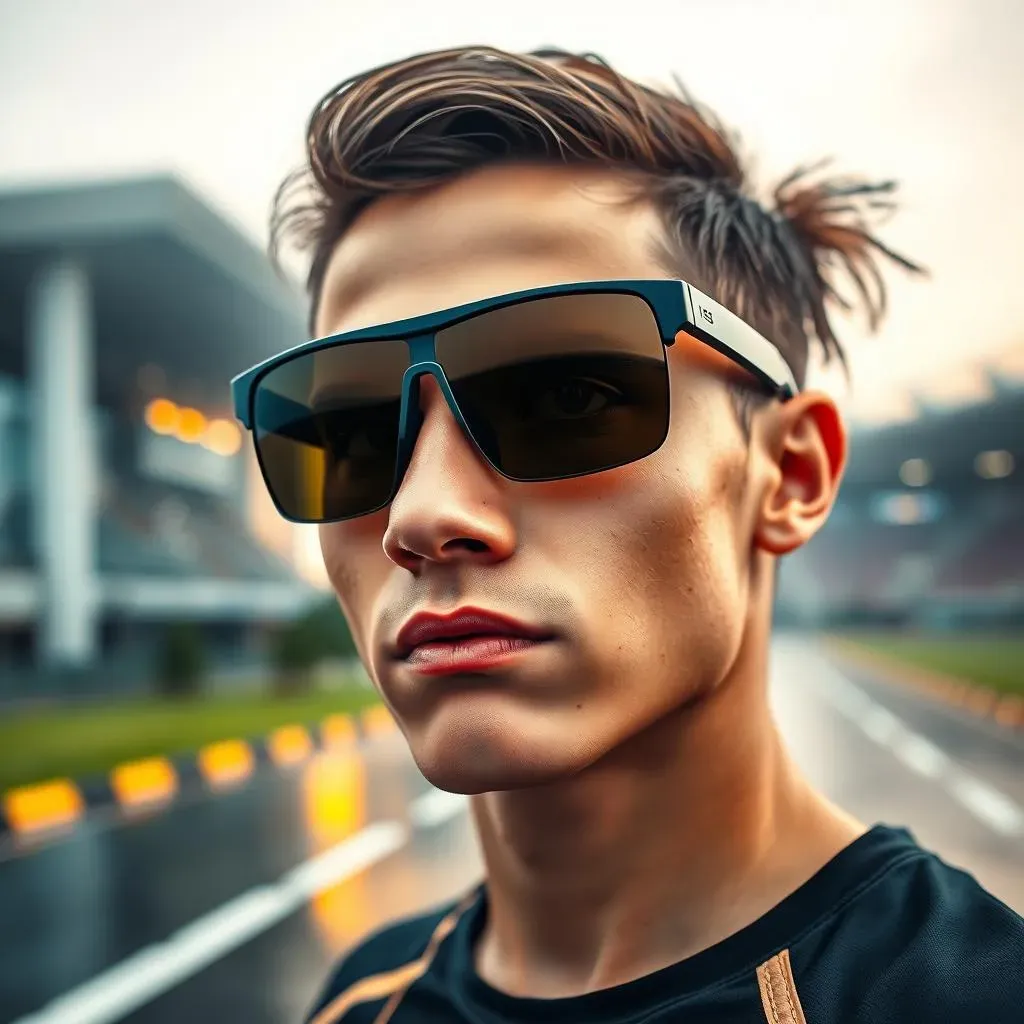
Reducing Glare and Enhancing Visibility
Engaging in sports during low light conditions can be challenging, especially when it comes to visibility. Cloudy days, dusk, or dawn can reduce the amount of light available, making it difficult for athletes to see obstacles, teammates, or the playing field. Sunglasses for low light conditions in sports are designed to address this issue by reducing glare and enhancing visibility. They help athletes to better see their surroundings, react faster to changing situations, and perform at their best.
For example, cyclists who ride in low light conditions often face glare from wet roads, which can lead to accidents. Sunglasses with lenses that reduce glare can help cyclists see the road ahead more clearly, reducing the risk of accidents. Similarly, runners who train in the early morning or evening can benefit from sunglasses that enhance visibility, allowing them to see obstacles on the path and avoid tripping hazards.
Sport | Low Light Challenge | Benefit of Sunglasses |
|---|---|---|
Cycling | Glare from wet roads | Reduced glare for better road visibility |
Running | Poor visibility of obstacles | Enhanced visibility to avoid tripping hazards |
Skiing | Glare from snow | Improved visibility to navigate slopes |
Protecting Eyes from Harmful Elements
Sunglasses for low light conditions in sports not only enhance visibility but also protect the eyes from harmful elements. Rain, snow, and wind can irritate the eyes and cause discomfort, which can distract athletes from their performance. Sunglasses with waterproof and anti-reflective coatings can help keep the eyes dry and reduce glare from oncoming lights.
Additionally, sunglasses can protect the eyes from UV rays, which are still present even on cloudy days. This protection is essential for long-term eye health and can help prevent conditions like cataracts and macular degeneration. Furthermore, sunglasses can also protect the eyes from debris, such as snow or dirt, which can cause injuries during sports.
- Protection from UV rays
- Reduced glare from oncoming lights
- Protection from debris and irritants
Best Lens Tints for Sunglasses in Low Light Conditions
Best Lens Tints for Sunglasses in Low Light Conditions
When it comes to choosing the best lens tints for sunglasses in low light conditions, there are several options to consider. The right lens tint can enhance visibility, reduce glare, and improve overall performance. For low light conditions, the goal is to allow as much light as possible to enter the eye while maintaining protection from glare and harmful elements.
One of the most popular lens tints for low light conditions is yellow. Yellow lenses are designed to increase contrast and enhance visibility in low light environments. They work by filtering out blue light, which can cause glare, and allowing more yellow and red light to enter the eye. This makes them ideal for sports like cycling, running, and skiing.
Lens Tint | Light Transmission | Best For |
|---|---|---|
Yellow | High | Cycling, Running, Skiing |
Orange | Medium-High | Medium-Light Conditions |
Pink | Medium | General Use |
Other Lens Tints for Low Light Conditions
While yellow lenses are a classic choice for low light conditions, other tints like orange and pink can also be effective. Orange lenses offer a medium to high light transmission, making them suitable for medium-light conditions. Pink lenses have a medium light transmission and are a good all-around choice for general use.
Another option is photochromic lenses, which can adapt to changing light conditions. These lenses darken or lighten depending on the amount of UV light they are exposed to, making them convenient for athletes who train in varying light conditions.
- Racing Red: High light transmission, ideal for very low light conditions
- ImpactX Photochromic 2 Red: Adapts to changing light conditions, suitable for a wide range of sports
- Yellow: High light transmission, classic choice for low light conditions
Photochromic Lenses for Sports: Adapting to Changing Light Conditions
Photochromic Lenses for Sports: Adapting to Changing Light Conditions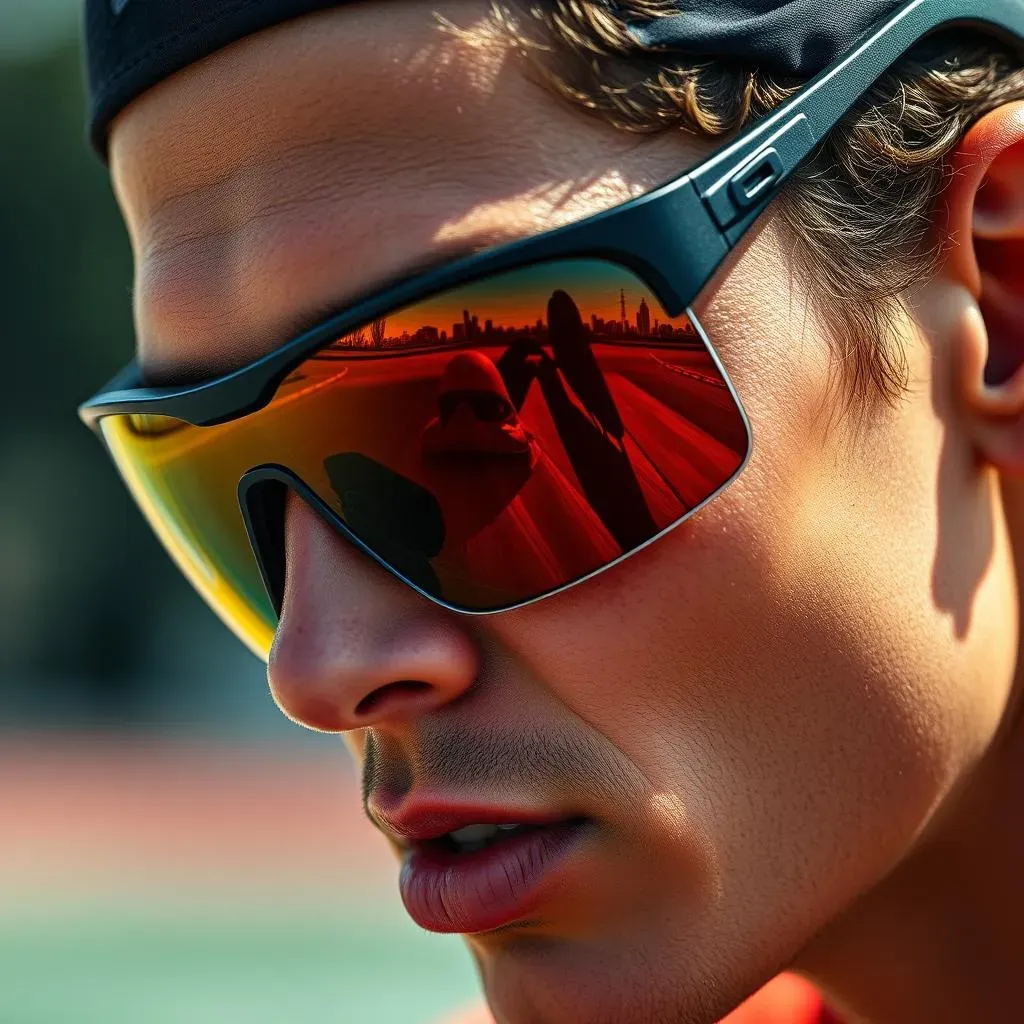
Introduction to Photochromic Lenses
Photochromic lenses are a type of lens that changes its tint in response to changing light conditions. These lenses are designed to adapt to various lighting environments, making them an ideal choice for athletes who train in different conditions throughout the day.
Photochromic lenses work by using special molecules that darken or lighten in response to UV light. This allows the lenses to adjust their tint based on the amount of UV light they are exposed to, providing optimal protection and visibility for the athlete.
Light Condition | Lens Tint | Benefits |
|---|---|---|
Low Light | Lighten | Enhanced visibility and reduced glare |
Bright Light | Darken | Reduced glare and improved UV protection |
Benefits of Photochromic Lenses for Athletes
Photochromic lenses offer several benefits for athletes who engage in sports that take place in varying light conditions. One of the primary advantages is convenience - athletes no longer need to switch between different lenses for different lighting conditions.
Photochromic lenses also provide optimal protection and visibility in all light conditions. They can help athletes see more clearly, react faster to changing situations, and perform at their best.
- Convenience: No need to switch lenses
- Optimal protection: UV protection in bright light
- Enhanced visibility: Improved vision in low light
Popular Photochromic Lenses for Sports
Rudy Project offers a range of photochromic lenses with different tints to cater to various sports and light conditions. Their lenses are designed to provide optimal visibility, protection, and comfort for athletes.
For example, the ImpactX Photochromic 2 Red lens is suitable for low light conditions and adapts to changing light environments. This lens is ideal for cyclists, runners, and skiers who train in varying light conditions.
Lens Model | Tint | Sport |
|---|---|---|
ImpactX Photochromic 2 Red | Adaptive | Cycling, Running, Skiing |
Racing Red | High Light Transmission | Very Low Light Conditions |
Benefits of Sunglasses for Low Light Conditions in Sports
Benefits of Sunglasses for Low Light Conditions in Sports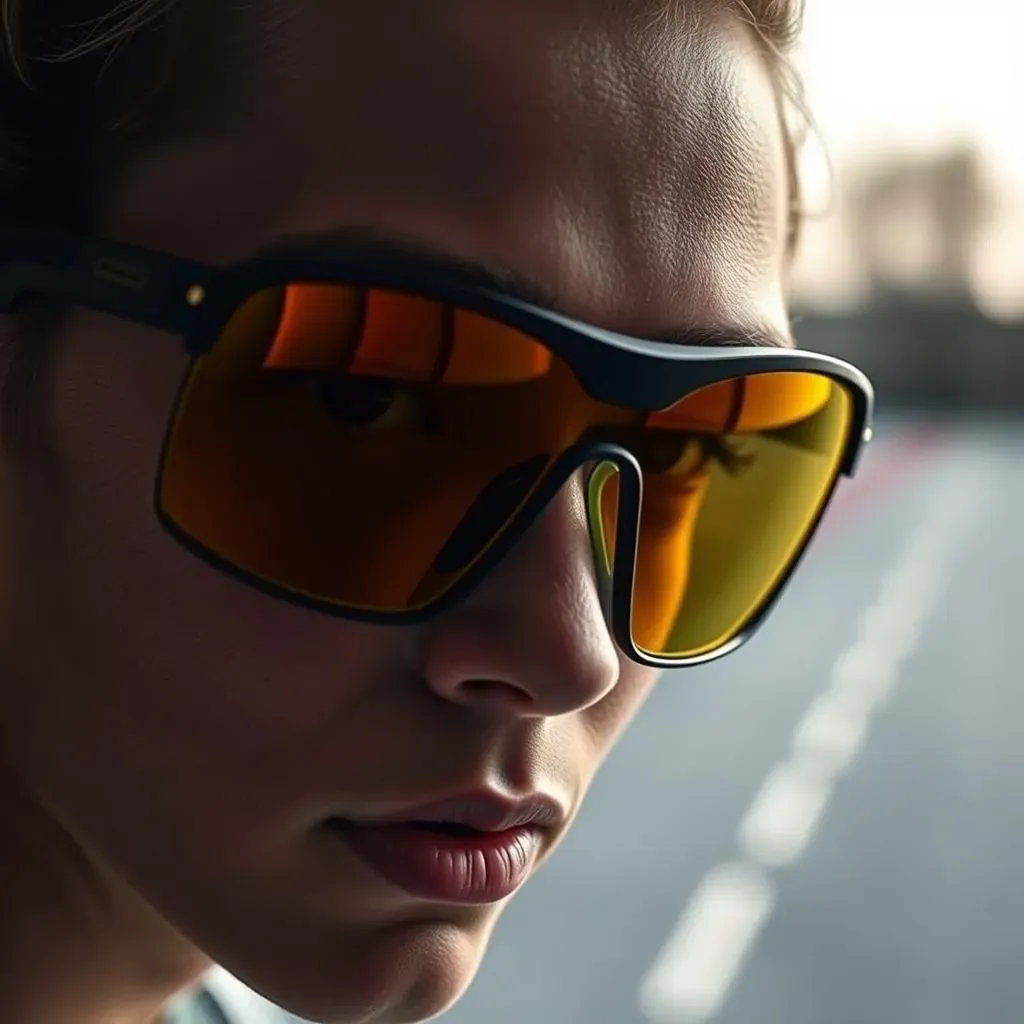
Enhanced Visibility and Safety
Sunglasses for low light conditions in sports offer numerous benefits that enhance visibility and safety for athletes. By reducing glare and improving contrast, these sunglasses enable athletes to see their surroundings more clearly, which is critical in fast-paced sports like cycling, running, and skiing.
For instance, a cyclist wearing sunglasses with yellow lenses can better see the road ahead, spotting potholes and other hazards more easily. This enhanced visibility reduces the risk of accidents and allows cyclists to perform at their best.
Sport | Benefit | Result |
|---|---|---|
Cycling | Improved visibility | Reduced risk of accidents |
Running | Enhanced contrast | Better reaction time to obstacles |
Skiing | Reduced glare | Improved navigation on slopes |
Protection from Elements and UV Rays
Sunglasses for low light conditions in sports also protect the eyes from harmful elements like rain, snow, and wind. This protection is essential for athlete comfort and performance, as irritated eyes can be a significant distraction.
Moreover, these sunglasses provide protection from UV rays, which are present even on cloudy days. UV protection is crucial for long-term eye health, reducing the risk of conditions like cataracts and macular degeneration.
- Protection from UV rays
- Reduced glare from oncoming lights
- Protection from debris and irritants
Choosing the Right Sunglasses for Low Light Conditions in Sports
Choosing the Right Sunglasses for Low Light Conditions in Sports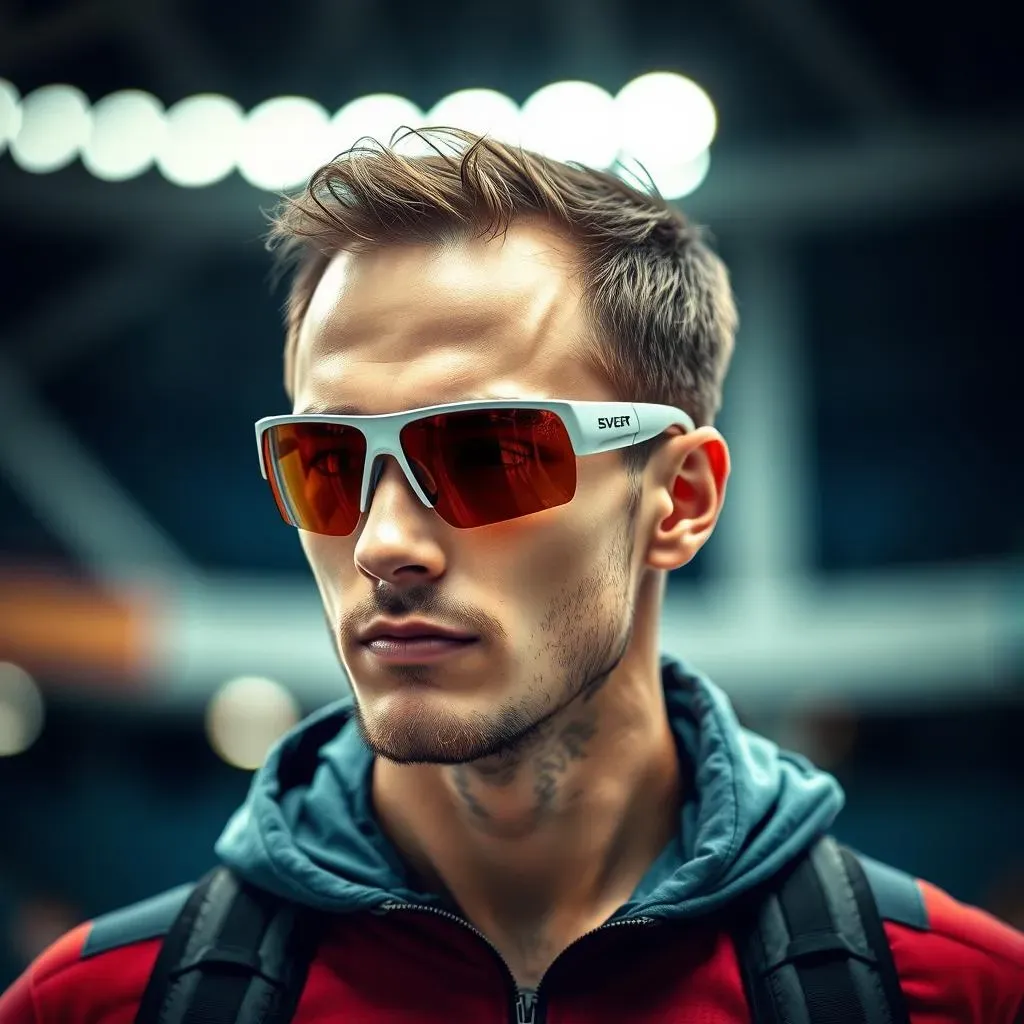
Understanding Your Sports-Specific Needs
When choosing sunglasses for low light conditions in sports, it's essential to consider the specific needs of your sport. Different sports have unique demands, and the right sunglasses can make a significant difference in performance and safety. For example, cyclists need sunglasses that provide a wide field of vision and protect their eyes from wind and debris. Runners, on the other hand, require sunglasses with good ventilation to prevent fogging.
Skiing and snowboarding demand sunglasses that can handle snowy and icy conditions, with lenses that provide excellent UV protection and anti-fog coating. By understanding the specific requirements of your sport, you can select sunglasses that cater to your needs, ensuring optimal performance and safety.
Sport | Key Features | Recommended Sunglasses |
|---|---|---|
Cycling | Wide field of vision, wind protection, anti-fog coating | Rudy Project Fotonyk |
Running | Good ventilation, lightweight, secure fit | Oakley EVZero |
Skiing/Snowboarding | UV protection, anti-fog coating, wide field of vision | Smith I/O Mag |
Evaluating Lens Options
Lens selection is critical when choosing sunglasses for low light conditions in sports. Athletes need lenses that provide high light transmission to enhance visibility in low light environments. Yellow lenses are a popular choice, but other tints like orange and pink can also be effective.
Photochromic lenses are another excellent option, as they adapt to changing light conditions, eliminating the need to switch lenses. When evaluating lenses, consider the Light Transmission Value (LTV), which measures the amount of visible light that passes through the lens. For low light conditions, look for lenses with high LTV.
- Yellow: High LTV, classic choice for low light
- Orange: Medium-High LTV, suitable for medium-light conditions
- Pink: Medium LTV, good all-around choice
- Photochromic: Adaptive LTV, convenient for changing conditions
Additional Features to Consider
Beyond lenses, there are several features to consider when selecting sunglasses for low light conditions in sports. Anti-reflective coatings can reduce glare from oncoming lights, while hydrophobic coatings help to repel water and improve visibility in rainy conditions.
Comfort and fit are also crucial, as ill-fitting sunglasses can be distracting and compromise performance. Look for sunglasses with adjustable nose pads and temples to ensure a secure fit. Finally, consider the frame material—lightweight and durable materials like titanium or nylon are ideal for sports.
Feature | Benefit | Recommended Sunglasses |
|---|---|---|
Anti-reflective coating | Reduces glare from oncoming lights | Rudy Project Rydon |
Hydrophobic coating | Repels water, improves visibility in rain | Oakley Radar EV |
Adjustable fit | Secure fit, reduces distractions | Smith Optics Prospect |
Conclusion: Elevate Your Performance with Sunglasses for Low Light Conditions in Sports
In conclusion, sunglasses for low light conditions in sports are a game-changer for athletes who engage in outdoor activities during cloudy or dark periods. By understanding the importance of these sunglasses, selecting the right lens tints, and leveraging photochromic technology, you can enhance your visibility, reduce eye strain, and improve your overall performance. Whether you're a professional athlete or a casual enthusiast, investing in high-quality sunglasses for low light conditions is a smart move. With the right pair, you'll be able to navigate through challenging conditions with confidence, react faster to your environment, and enjoy a safer and more enjoyable experience. Visit sunglasshub.org to explore a wide range of sunglasses designed for low light conditions and take your athletic pursuits to the next level. Remember, with the right sunglasses, you can overcome the limitations of low light and unlock your full potential in any sport.
